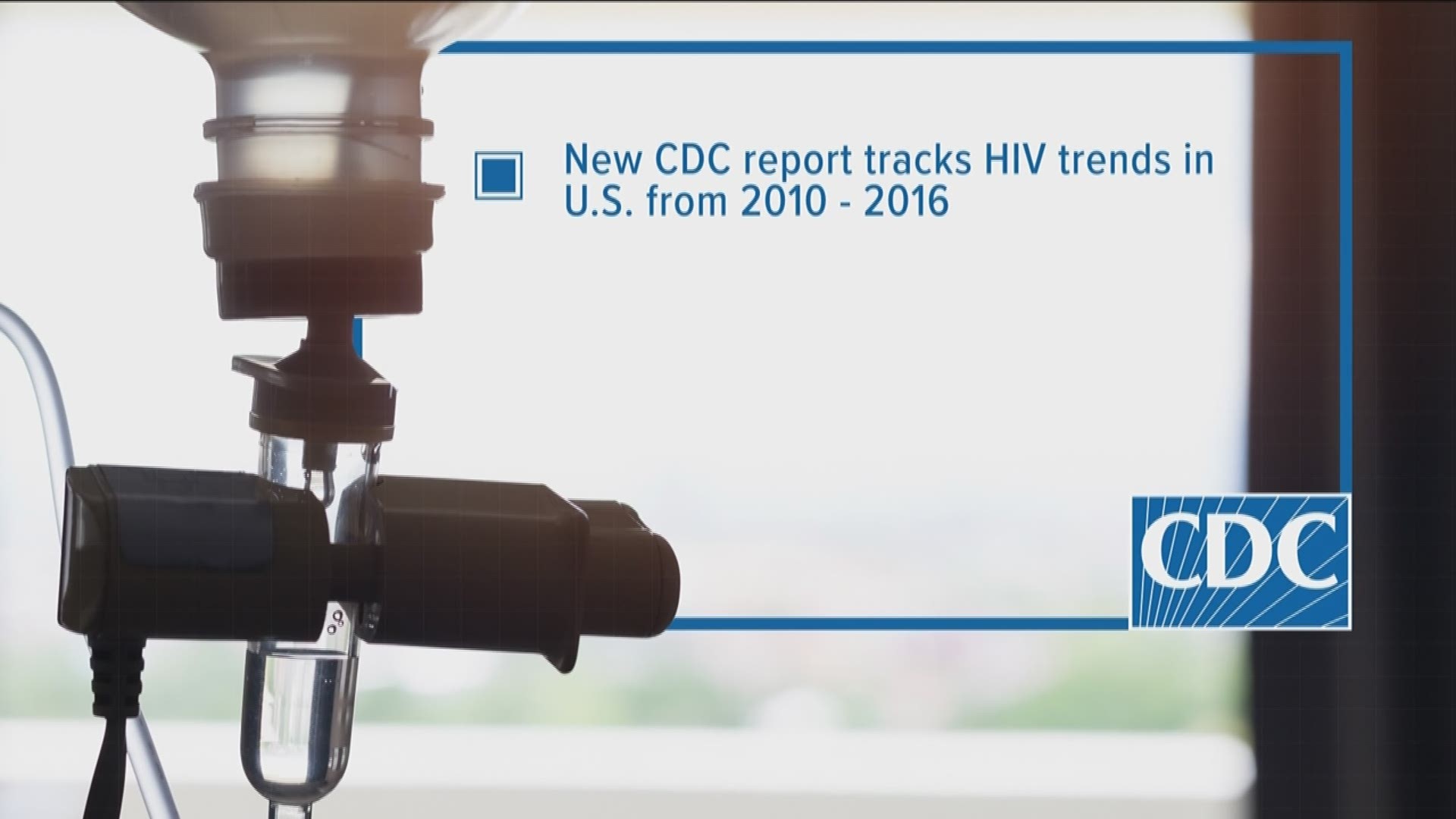ATLANTA — The Centers for Disease Control and Prevention said the progress of HIV prevention has stalled.
In a report released Wednesday, the CDC said the decline in annual HIV infections has stopped and new infections have stabilized. After about five years of substantial declines, the number of HIV infections began to level off in 2013 at about 39,000 infections per year.
The CDC is pushing for more strides to be made in fighting the illness.
“Now is the time for our Nation to take bold action. We strongly support President Trump’s plan to end the HIV epidemic in America,” said CDC Director Robert R. Redfield, M.D. “We must move beyond the status quo to end the HIV epidemic in America.”
Earlier this month, President Donald Trump said during his State of The Union address he would launch a campaign to end the HIV epidemic in the U.S. by 2030. His plan is to target 48 counties in the nation that have some of the highest rates of news cases - four of those areas are right here in Georgia.
In the plan listed on HIV.gov, Cobb, DeKalb, Fulton and Gwinnett counties are among the places listed.
The strategy to tackle the health epidemic includes diagnosis, treatment, protection, and rapidly responding to growing HIV clusters to stop new infections.
"In recent years we have made remarkable progress in the fight against HIV and AIDS. Scientific breakthroughs have brought a once-distant dream within reach," Trump said during his speech. "My budget will ask Democrats and Republicans to make the needed commitment to eliminate the HIV epidemic in the United States within 10 years. Together, we will defeat AIDS in America."
The Georgia Department of Public Health website said there were more than 2,600 people in Georgia diagnosed with HIV in 2017. Among the 18 Public Health Districts in Georgia, Fulton and DeKalb had the highest numbers and rates of people diagnosed and living with HIV infection.
The CDC says the majority of people who receive an HIV diagnosis live in urban areas. But in the South, 23 percent of new HIV diagnoses are in suburban and rural areas.
Here is a breakdown of some of the things the new CDC report estimates happened from 2010 to 2016:
- Annual HIV infection remained stable among gay and bisexual men, who continue to account for the largest portion (about 70 percent) of new infections. However, trends varied by race/ethnicity and age:
- By race/ethnicity, infections remained stable among black gay and bisexual men; increased 30 percent among Latino gay and bisexual men; and decreased 16 percent among white gay and bisexual men.
- By race/ethnicity and age, infections decreased more than 30 percent among black gay and bisexual males ages 13 to 24; remained stable among Latino gay and bisexual males ages 13 to 24; and increased about 65 percent among both black and Latino gay and bisexual males ages 25 to 34.
- Decreased about 17 percent among heterosexual men and women combined, including a 15 percent decrease among heterosexual African-American women.
- Decreased 30 percent among people who inject drugs, but appeared to have stabilized in more recent years.
Last year, 11Alive stopped by Fulton County’s PrEP clinic, just one of many places that offers testing and treatment to curb the number of new HIV cases in the region. PrEP, which stands for Pre-exposure Prophylaxis, has been approved as a daily therapy to protect from HIV, since 2012.
Dr. David Holland, who runs the Fulton County PrEP Clinic, told 11Alive's Natisha Lance the pill is effective at keeping people who don't have the virus from ever getting it.
Get more resources about HIV prevention on the CDC's website.
ALSO READ |

